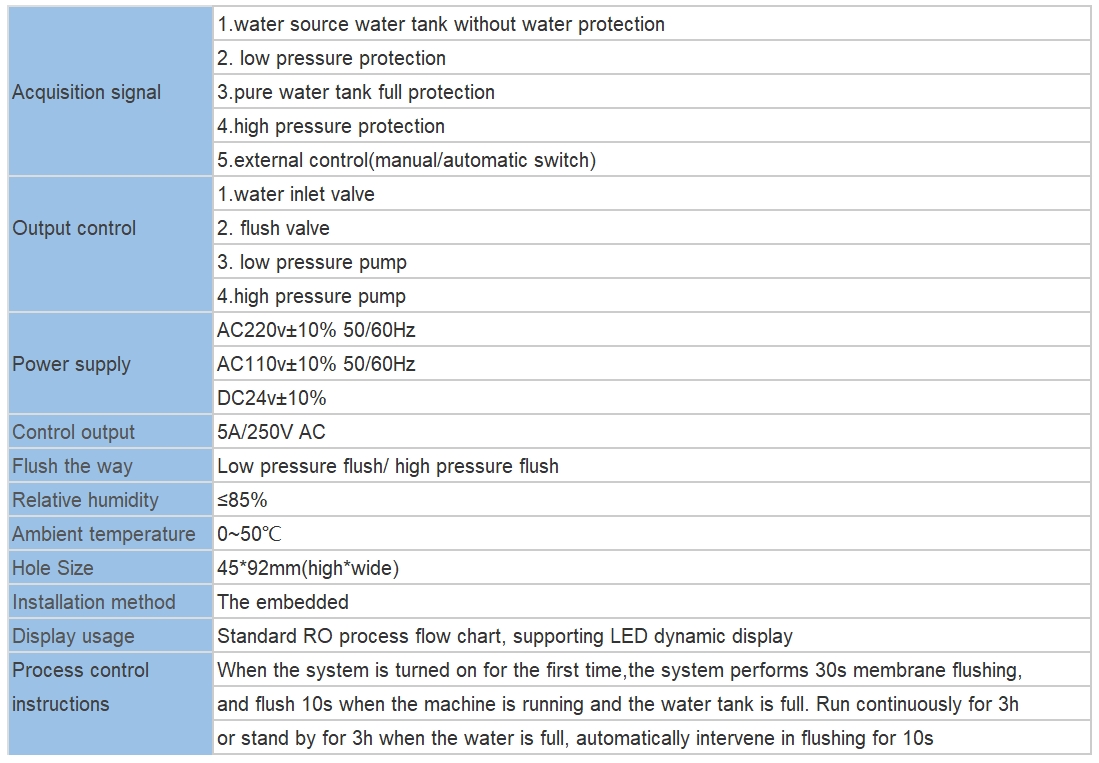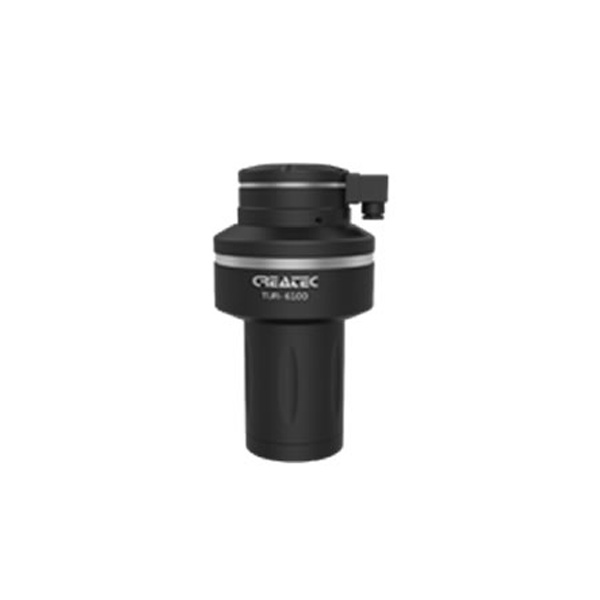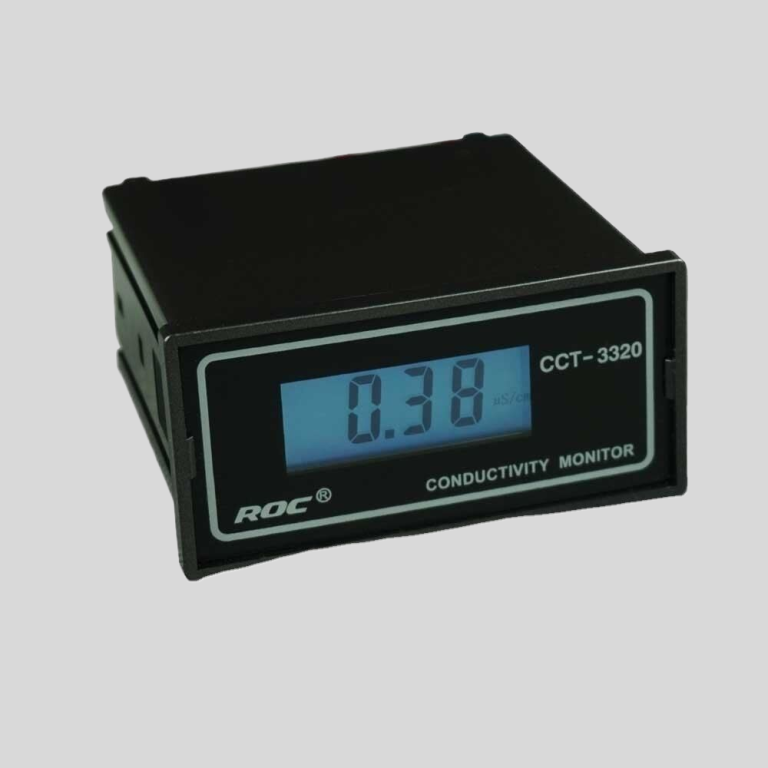Table of Contents
The Impact of Turbidity on Aquatic Ecosystems
Turbidity is a term used to describe the cloudiness or haziness of a fluid caused by suspended particles. In the context of water bodies, turbidity refers to the amount of suspended particles in the water, such as silt, clay, and organic matter. These particles can come from natural sources like erosion, or human activities like construction and agriculture. Turbidity is an important indicator of water quality, as it can have significant impacts on aquatic ecosystems.

One of the primary ways in which turbidity affects water quality is by reducing the amount of light that can penetrate the water. Light is essential for photosynthesis, the process by which plants and algae produce food. When turbidity levels are high, less light can reach the plants and algae living in the water, which can inhibit their growth and productivity. This can have cascading effects throughout the food chain, as plants and algae are the base of the aquatic food web.
High turbidity levels can also impact the temperature of the water. Suspended particles can absorb and scatter sunlight, which can lead to an increase in water temperature. This can have negative effects on aquatic organisms that are sensitive to temperature changes, such as fish and invertebrates. Additionally, high turbidity can reduce the amount of dissolved oxygen in the water, as suspended particles can provide surfaces for bacteria to grow and consume oxygen. This can lead to hypoxic or anoxic conditions, which can be harmful or even fatal to aquatic organisms.
Turbidity can also affect the behavior and physiology of aquatic organisms. For example, fish that rely on sight to find food may struggle to feed in turbid waters. In addition, high turbidity levels can clog the gills of fish and other aquatic organisms, making it difficult for them to breathe. This can lead to stress and decreased reproductive success in affected populations. In extreme cases, high turbidity levels can result in fish kills and other mass mortality events.
In conclusion, turbidity is a critical factor that can significantly impact water quality in aquatic ecosystems. High turbidity levels can reduce light penetration, increase water temperature, decrease dissolved oxygen levels, and affect the behavior and physiology of aquatic organisms. Additionally, turbidity can transport pollutants and other harmful substances, which can have far-reaching effects on the health of aquatic ecosystems and the communities that rely on them. Monitoring and managing turbidity levels in water bodies is essential for protecting the health and integrity of aquatic ecosystems.
Monitoring and Managing Turbidity Levels in Water Bodies
Turbidity is a key indicator of water quality in a water body. It refers to the cloudiness or haziness of a fluid caused by suspended particles, such as silt, clay, and organic matter. High levels of turbidity can have significant impacts on aquatic ecosystems and human health. Therefore, monitoring and managing turbidity levels in water bodies is crucial for maintaining water quality.
One of the main ways in which turbidity affects water quality is by reducing the amount of light that can penetrate the water. This can have negative effects on aquatic plants, which rely on sunlight for photosynthesis. Without enough light, plants may struggle to grow and reproduce, leading to a decline in aquatic vegetation. This, in turn, can have cascading effects on the entire ecosystem, as many aquatic organisms depend on plants for food and habitat.
High turbidity levels can also impact the health of aquatic animals. Suspended particles can clog the gills of fish and other organisms, making it difficult for them to breathe. In addition, turbidity can interfere with the ability of some species to find food or avoid predators. This can lead to declines in fish populations and changes in the overall structure of the aquatic community.
| Instrument model | FET-8920 | |
| Measurement range | Instantaneous flow | (0~2000)m3/h |
| Accumulative flow | (0~99999999)m3 | |
| Flow rate | (0.5~5)m/s | |
| Resolution | 0.001m3/h | |
| Accuracy level | Less than 2.5% RS or 0.025m/s.whichever is the largest | |
| Conductivity | >20μS/cm | |
| (4~20)mA output | Number of channels | Single channel |
| Technical features | Isolated,reversible,adjustable, meter/transmission dual mode | |
| Loop resistance | 400Ω(Max), DC 24V | |
| Transmission accuracy | ±0.1mA | |
| Control output | Number of channels | Single channel |
| Electrical contact | Semiconductor photoelectric relay | |
| Load capacity | 50mA(Max), DC 30V | |
| Control mode | Instantaneous amount upper/lower limit alarm | |
| Digital output | RS485(MODBUS protocol ),Impulse output1KHz | |
| Working power | Power supply | DC 9~28V |
| source | Power Consumption | ≤3.0W |
| Diameter | DN40~DN300(can be customized) | |
| Working environment | Temperature:(0~50) ℃; Relative humidity: ≤85%RH(none condensation) | |
| Storage environment | Temperature:(-20~60) ℃; Relative humidity: ≤85%RH(none condensation) | |
| Protection grade | IP65 | |
| Installation method | Insertion pipeline installation | |
Turbidity can also affect water quality for human use. High levels of suspended particles can make water appear dirty and unappealing, which may discourage people from using it for drinking, swimming, or other recreational activities. In addition, turbidity can provide a habitat for harmful bacteria and other pathogens, increasing the risk of waterborne illnesses.
| FCT-8350 Flow Transmitter | |
| Measurement range | Instantaneous flow:(0~2000)m3/h;Accumulated flow:(0~99999999)m3 |
| Flow rate | (0~5)m/s |
| Applicable pipe diameter | DN 25~DN 1000 for selection |
| Resolution | 0.001 m3/h |
| Renew interval | 1S |
| Accuracy | 2.0 level |
| Repeatability | ±0.5% |
| Probe input | Range :0.5Hz~2KHz;Power supply:DC 12V(instrument supply) |
| Analog output | (4~20)mA,Instrument/transmitter for selection; |
| Control output | Semi-conductor photo electronic relay,Load current 50mA(max),AC/DC 30V |
| Control mode | Instantaneous flow high/low limit alarm, flow variable frequency conversion |
| Working power | DC24V |
| Power consumption: | <3.0W |
| Cable length | 5m as standard ; or(1~500)m for selection |
| Working environment | Temp.:(0~50)℃;relative humidity≤85%RH(non condensation) |
| Storage environment | Temp.:(-20~60)℃; relative humidity:≤85%RH(non condensation) |
| Protection level | IP65(with back cover) |
| Dimension | 96 mm×96 mm×94mm (H×W×D) |
| Hole size | 91mm×91mm(H×W) |
| Installation | Panel mounted,fast installation |
To monitor and manage turbidity levels in water bodies, it is important to regularly measure turbidity and track changes over time. This can be done using a turbidimeter, which measures the amount of light scattered by suspended particles in the water. By monitoring turbidity levels, water managers can identify trends and potential sources of pollution, allowing them to take action to improve water quality.
There are several strategies that can be used to manage turbidity in water bodies. One approach is to reduce erosion and sedimentation in the watershed, which can be a major source of suspended particles. This can be achieved through practices such as planting vegetation along stream banks, implementing erosion control measures, and reducing runoff from urban areas.
Another strategy is to implement best management practices in agricultural and construction activities to minimize the amount of sediment and other pollutants entering water bodies. This can include practices such as using cover crops, reducing tillage, and installing sediment traps and buffers.
In some cases, it may be necessary to use mechanical or chemical treatments to reduce turbidity in a water body. For example, sediment dredging or the addition of flocculants can help to remove suspended particles and improve water clarity. However, these methods can be expensive and may have unintended consequences, so they should be used judiciously.
Overall, turbidity is an important factor to consider when assessing water quality in a water body. By monitoring and managing turbidity levels, we can help to protect aquatic ecosystems and ensure that water is safe for human use. By implementing best management practices and taking action to reduce sources of pollution, we can work towards improving water quality and preserving our valuable water resources.






